With the rise of technology, it’s no surprise that we’ve started to incorporate it into our homes. The concept of a “smart house design” has been around for a while, but recent advancements in technology have made it more accessible and easier to implement. A smart house is essentially a home that uses technology to make living more comfortable, efficient, and secure.
Smart houses have become increasingly popular in recent years due to their ability to offer convenience, standards, and security to homeowners. The integration of technology into the design of a home can bring about a more efficient and sustainable lifestyle. However, it is important to consider the architectural practices that go into creating a smart house design.
Make My House suggests some intelligent architectural ideas for designing smart houses, combined with automation and comfort.
- Integrating Technology
The architecture of a smart home should include the ability to seamlessly integrate these technologies into the design. This means designing spaces that accommodate smart devices and allow for easy access to power outlets and other necessary components.
IoT (Internet of things) devices are at the core of smart homes. These devices are connected to the internet and can be controlled through smartphones or voice assistants. Some of the most common IoT devices used in smart homes include smart thermostats, lighting systems, security cameras, and door locks. They allow homeowners to control various aspects of their homes remotely, such as turning off lights or adjusting the temperature.
When designing a smart home, it’s important to consider where these devices will be placed and how they will be integrated into the home’s overall design.
2. Energy Efficiency
One of the main benefits and features of a smart house is its energy efficiency. A well-designed smart home can significantly reduce energy consumption and lower energy bills, without sacrificing comfort. This can be achieved through a combination of architecture and technology.
Architecturally, the use of passive solar design principles can help reduce energy consumption. This includes orienting the home to maximize natural light and ventilation, as well as incorporating features such as shading devices and thermal mass to regulate the temperature inside the home as they can learn your preferences and automatically adjust the temperature in your home based on your schedule.
LED lighting is also an excellent option as it consumes less energy and lasts longer than traditional incandescent bulbs. Smart lighting systems can also be programmed to turn off when not in use, further reducing energy consumption.
3. Smart Windows
Smart windows are another intelligent architectural idea for designing smart houses. These windows can adjust their tinting based on the amount of sunlight they receive, reducing the need for blinds or curtains. They can be controlled manually, by a switch or a remote control, or be automated, using sensors or timers to adjust the window properties automatically. Additionally, some smart windows are designed to generate electricity by absorbing sunlight.
4. Biophilic Design
Biophilic design is the concept of bringing nature into our homes. It’s been proven to improve our mental and physical health. Smart homes can integrate biophilic design by incorporating natural light, plants, and natural materials such as wood, stone, or bamboo. Green walls or living walls are also a great way to bring nature into your home.
They can be achieved through the use of skylights, large windows, and open floor plans that allow light to flow freely. Water is a key element of biophilic design, as it has a calming and soothing effect. Biophilic or Smart houses may incorporate water features such as fountains, ponds, and waterfalls.
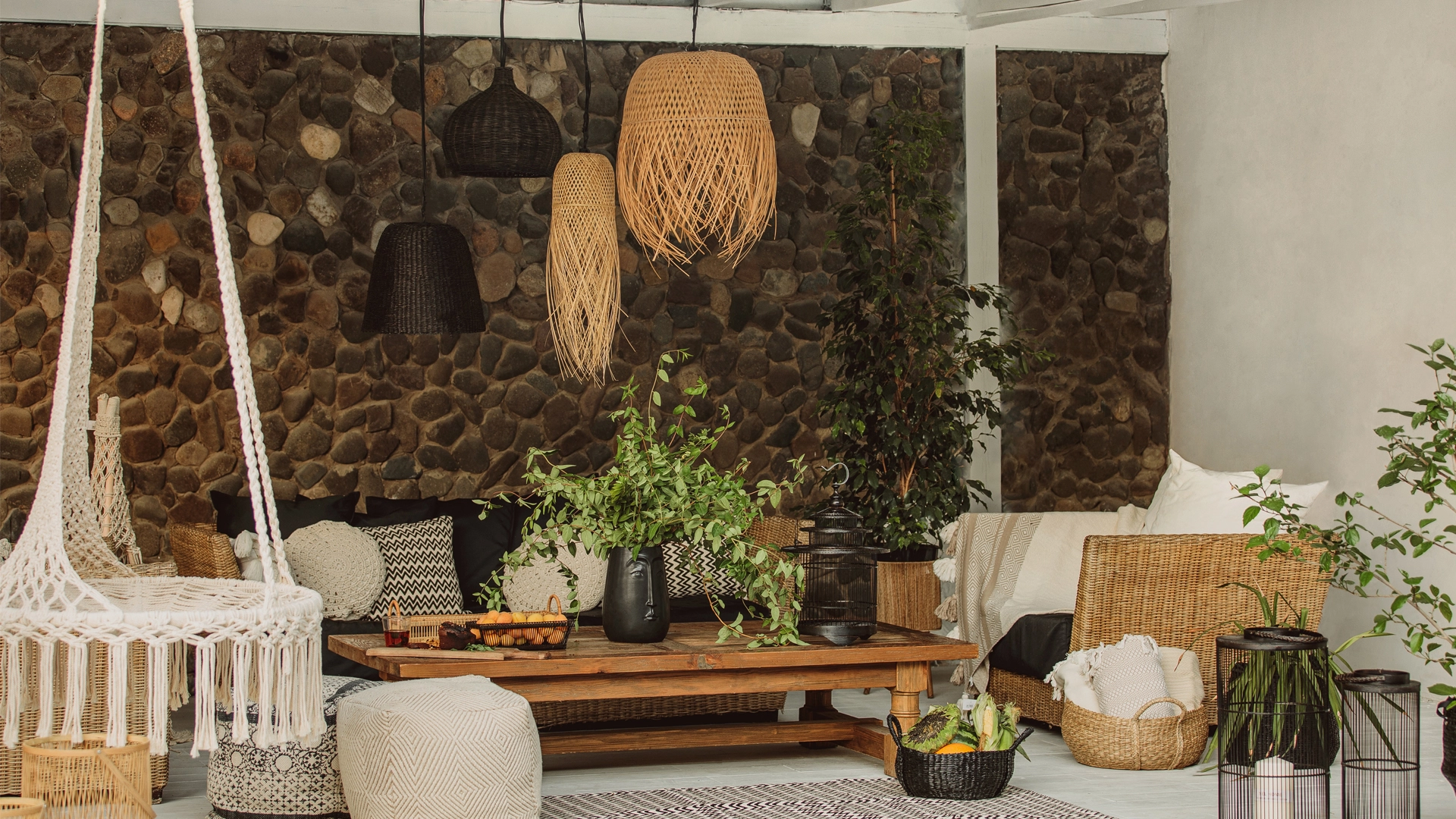
5. Sustainability
Sustainability is another important consideration when designing a smart house. This involves designing homes that are environmentally friendly and reduce their carbon footprint.
Architecturally, sustainable design principles such as using locally sourced materials, designing for adaptability, and minimizing waste can all contribute to a more sustainable home.
Technology can also be used to increase sustainability. Smart irrigation systems, for example, can reduce water waste by only watering the lawn when necessary. Smart appliances such as washing machines and dishwashers can also be designed to use less water and energy.
6. Security
Smart home technology can also play a significant role in enhancing home security. This includes the use of cameras, motion sensors, and smart locks that can be controlled remotely.
Architecturally, a smart house should be designed with security in mind. This includes designing spaces that are difficult to access for intruders, such as using high-quality doors and windows and installing fences or gates.
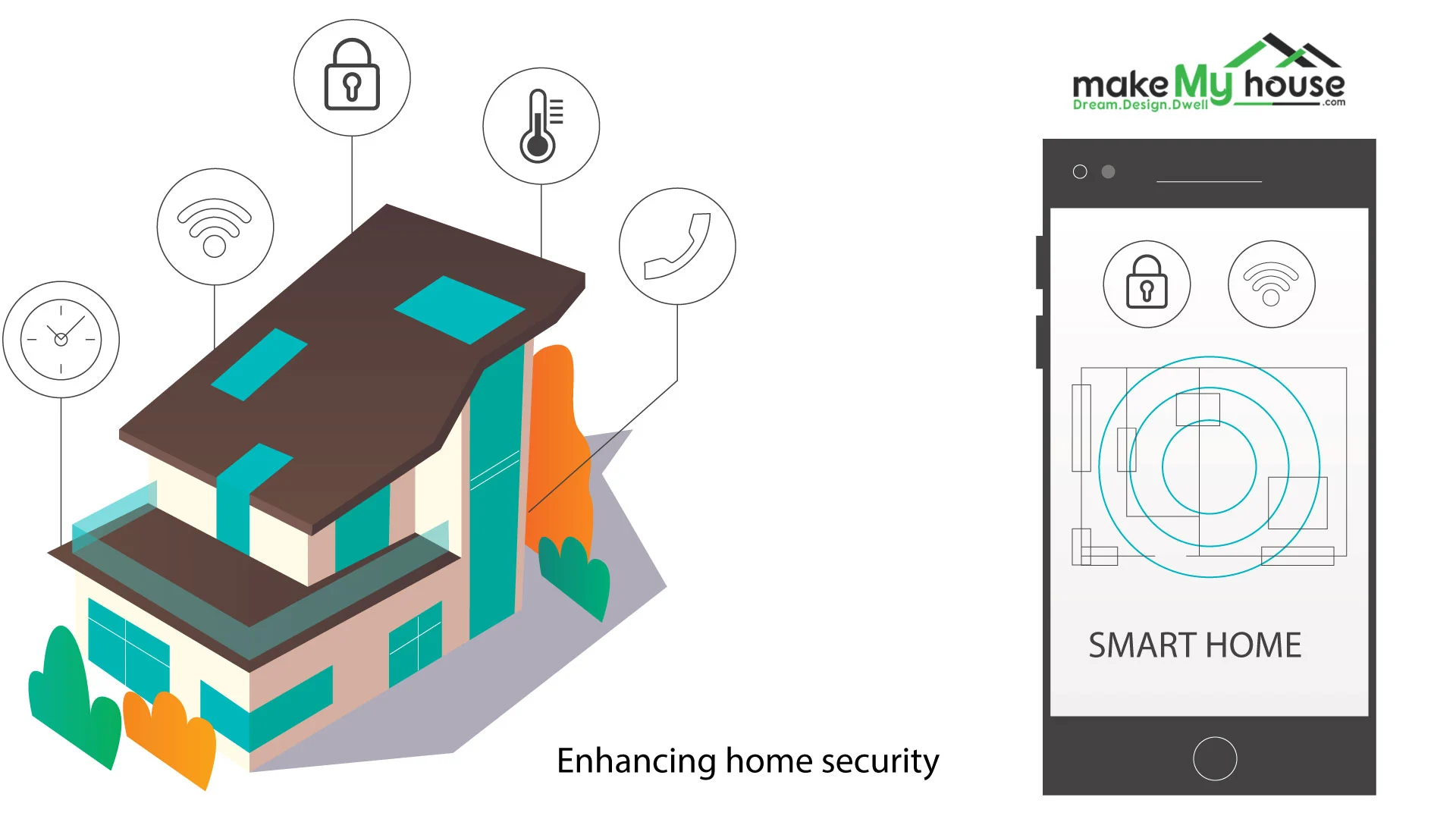
7. Accessibility
Finally, designing a smart house should also take into account accessibility. Smart home technology can greatly benefit those with disabilities, making it easier for them to control various aspects of their homes.
Architecturally, this means designing spaces that are accessible to those with disabilities. This includes wider doorways, hallways, ramps, and other accessibility features.
Features of Smart Small House Designs
Smart small house designs are quickly becoming a popular trend as more people look for affordable, sustainable, and functional housing solutions. With rising costs of living and increasing awareness of environmental concerns, people are turning to compact living spaces that utilize innovative features and technologies to make the most of every inch of space. Here are some key features of smart small house designs:
- Space-Efficient Layout
A space-efficient layout is the foundation of a smart small house design. The goal is to maximize functionality and minimize waste by making the most of every inch of space. This may involve an open-plan layout that integrates the living, dining, and kitchen areas, modular furniture that can be rearranged to serve different purposes, and creative storage solutions such as built-in cabinets, wall-mounted shelves, and hidden storage compartments.
- Energy-Efficient Design
Energy-efficient design is another critical feature of smart small-house designs. These designs prioritize energy efficiency by incorporating features such as high-efficiency insulation, solar panels, and energy-efficient appliances. The use of natural materials and passive heating and cooling strategies can also help to reduce energy consumption and lower utility bills.
- Smart Home Technology
Smart home technology is another key feature of smart small house designs. These designs incorporate technology such as smart thermostats, lighting systems, and appliances that can be controlled remotely or through voice commands. These technologies can improve energy efficiency, convenience, and security, making it easier to manage the home’s systems and save money on utility bills.
- Indoor-Outdoor Living
Smart small house layouts often blur the line between indoor and outdoor living, creating a connection to nature and expanding the living space. Features such as sliding glass doors, outdoor living areas, and green roofs or walls can a seamless transition between indoor and outdoor spaces. This connection to nature can also help to improve mental health and well-being.
- Multi-Use Spaces
Smart small house designs incorporate multi-use spaces that can serve multiple functions, maximizing the efficiency of the space. For example, a home office can also be used as a guest bedroom, or a dining room when any guests may come over.
Open living spaces are partially based on the same idea. Mostly they have their kitchen, living room and dining area connected which looks like a big open living space, and can be put to multiple uses. This also increases emotional well-being as the people in the house spend there most of their time together.
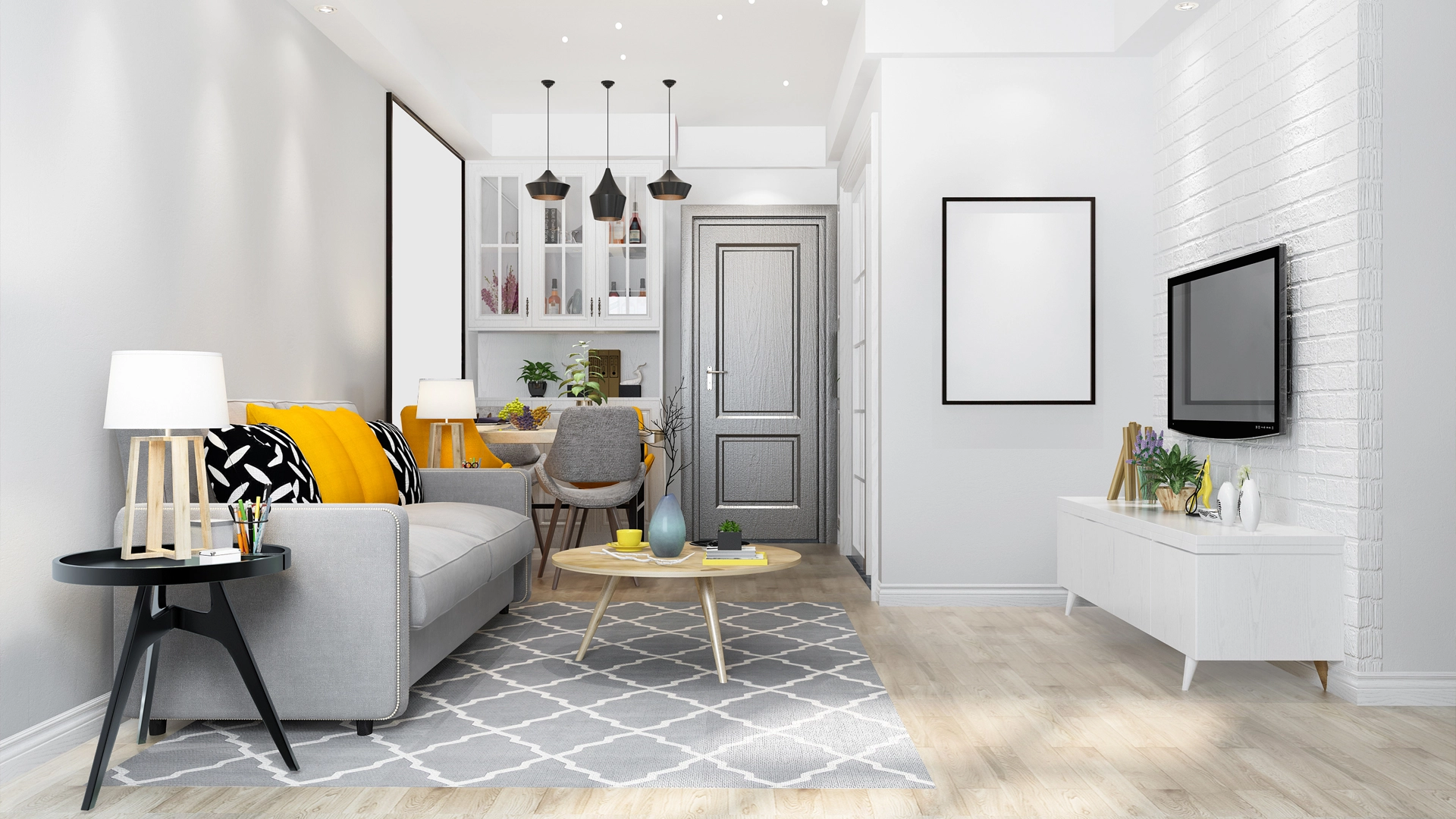
To end with, designing a smart house requires a combination of architectural and technological considerations. A well-designed smart home should seamlessly integrate technology into the architecture while also promoting energy efficiency, sustainability, security, and accessibility. As smart homes continue to grow in popularity, it is important for architects, designers as well as homeowners to stay up to date with the latest trends and technologies to create homes that are both functional and beautiful.
Frequently Asked Questions about Smart House Designs
Q: What is a smart house design?
A smart house design is a home that uses technology to enhance the functionality and efficiency of the living space. This can include the use of automated systems for lighting, heating, and cooling, as well as the integration of smart devices for entertainment, security, and other home functions.
Q: What are the benefits of a smart house design?
The benefits of a smart house design include improved energy efficiency, enhanced comfort and convenience, and increased security and safety. Smart homes can also provide better control over home systems and reduce the need for manual operation.
Q: Is it expensive to implement a smart house design?
The cost of implementing a smart house design can vary depending on the specific devices and systems, as well as the complexity of the installation. However, the energy savings and improved efficiency provided by smart systems can help to offset the initial investment over time.


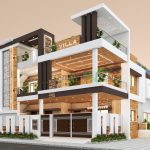
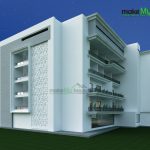

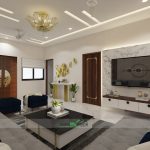
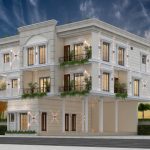
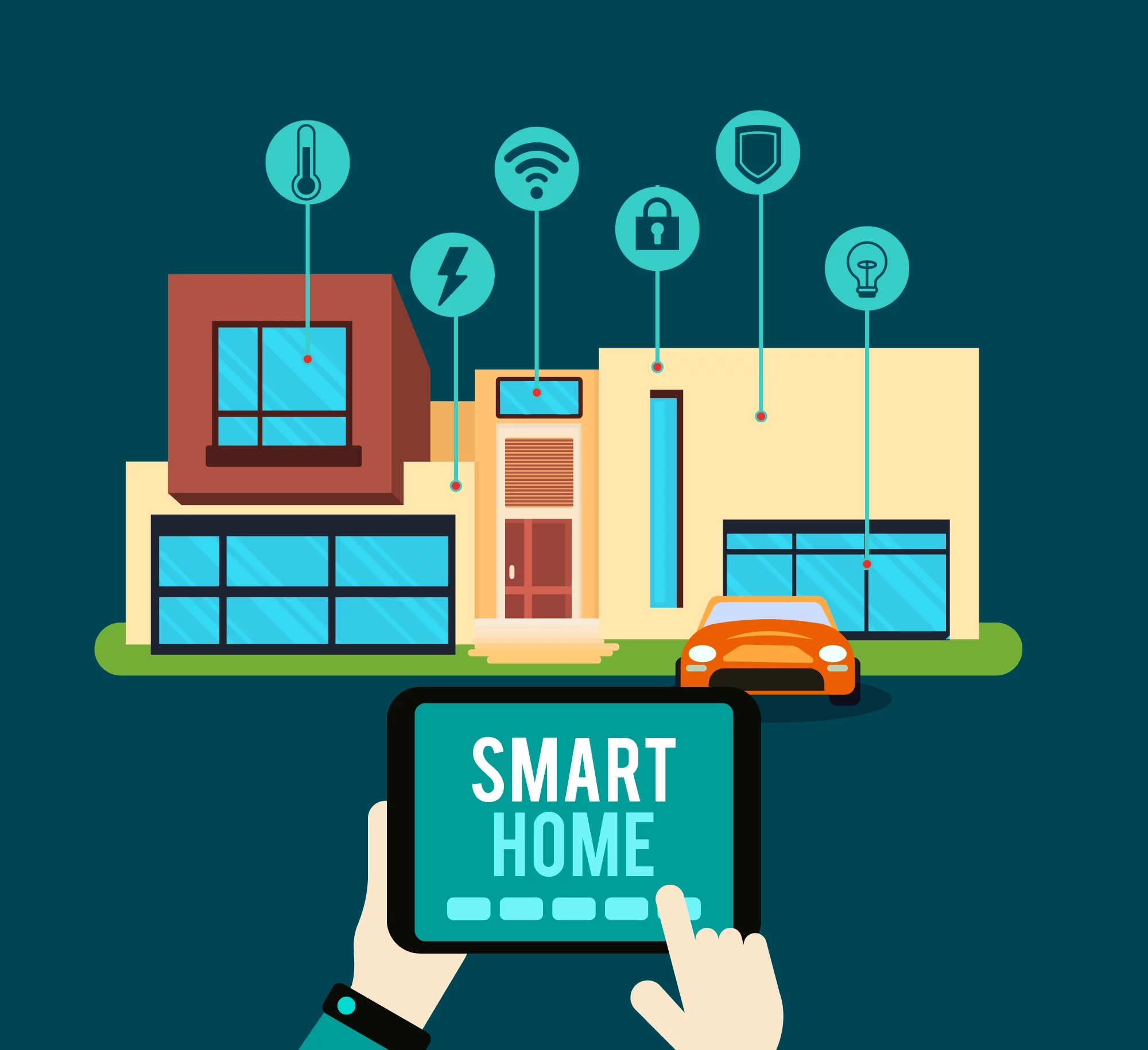

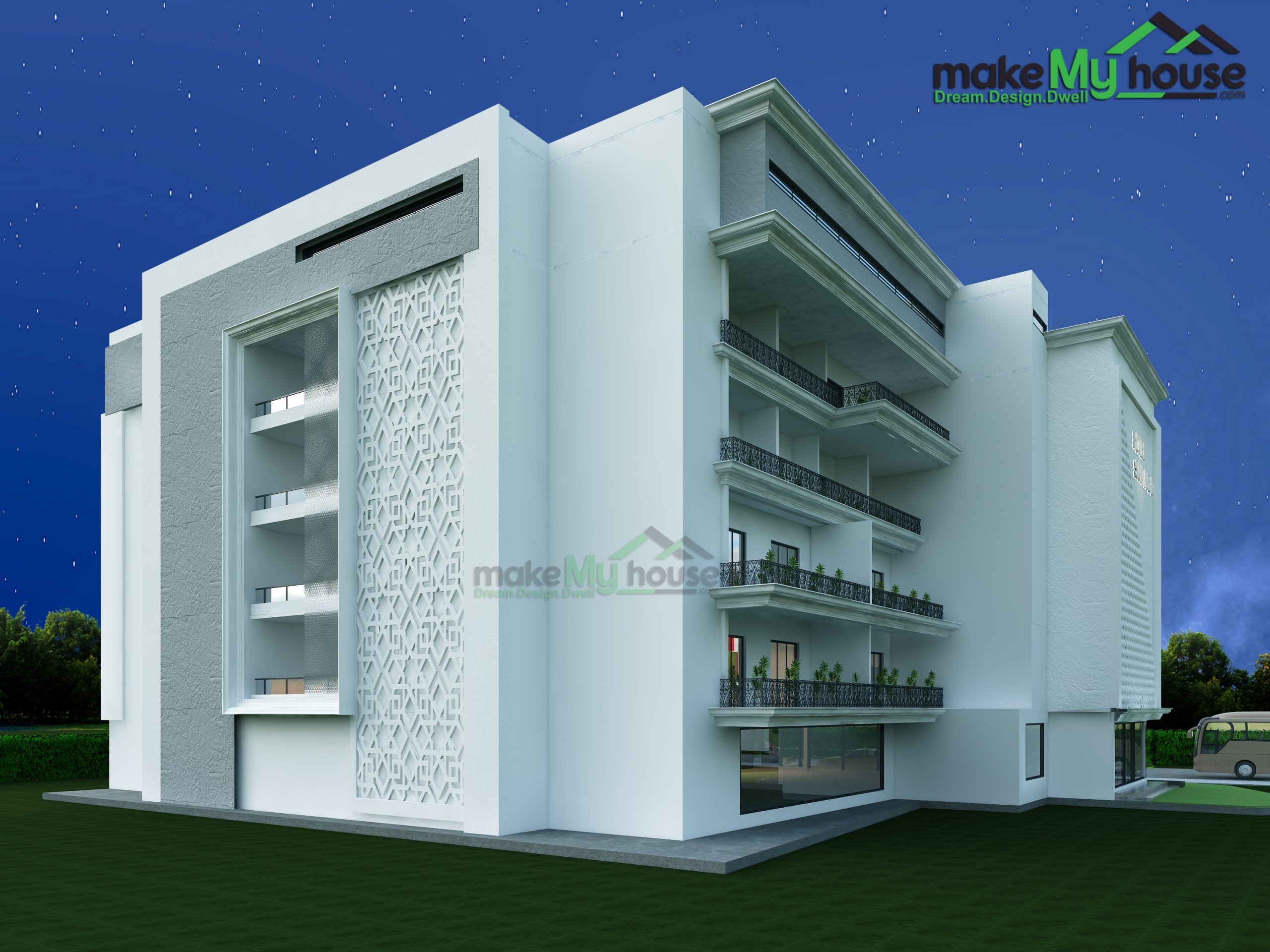
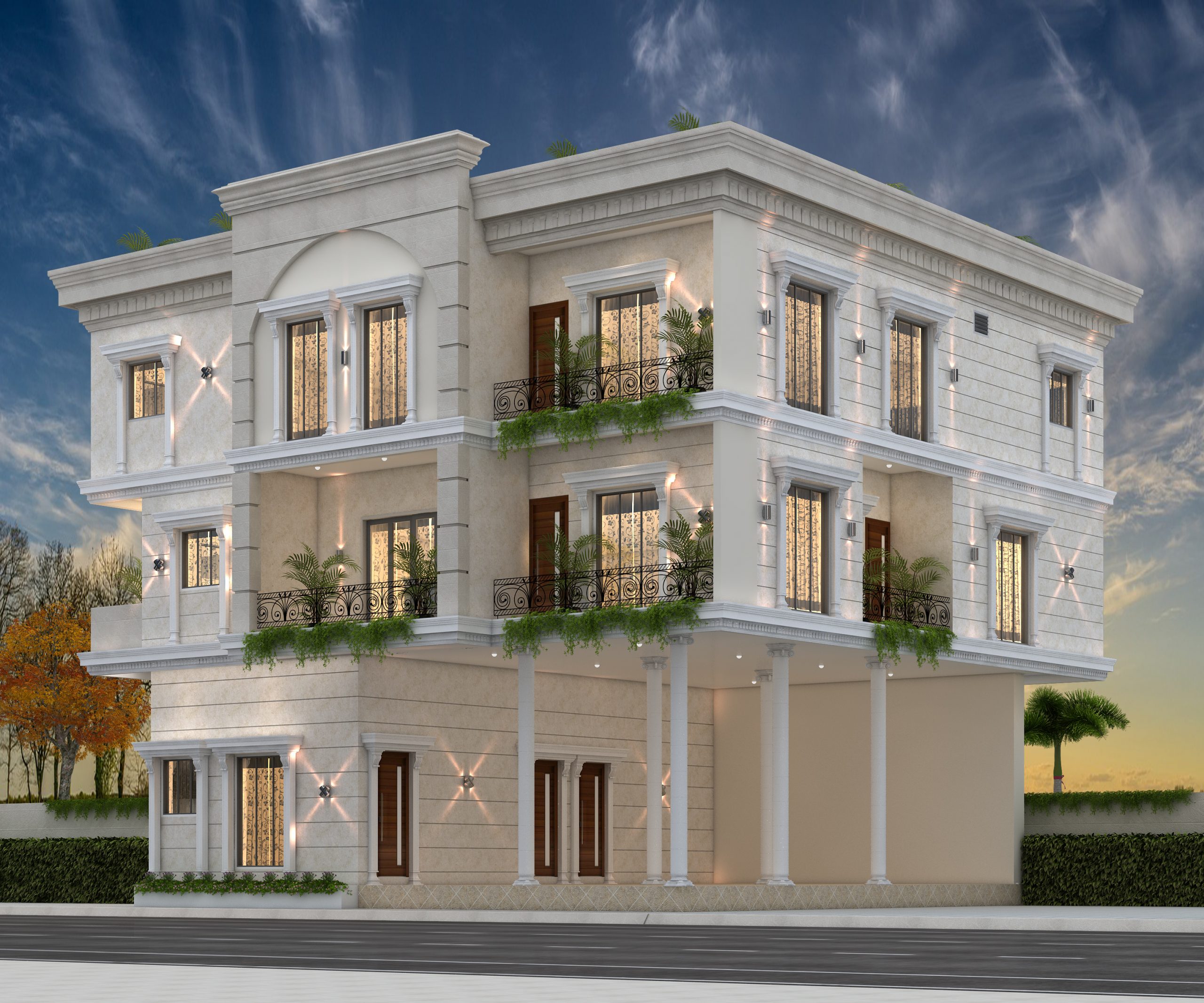
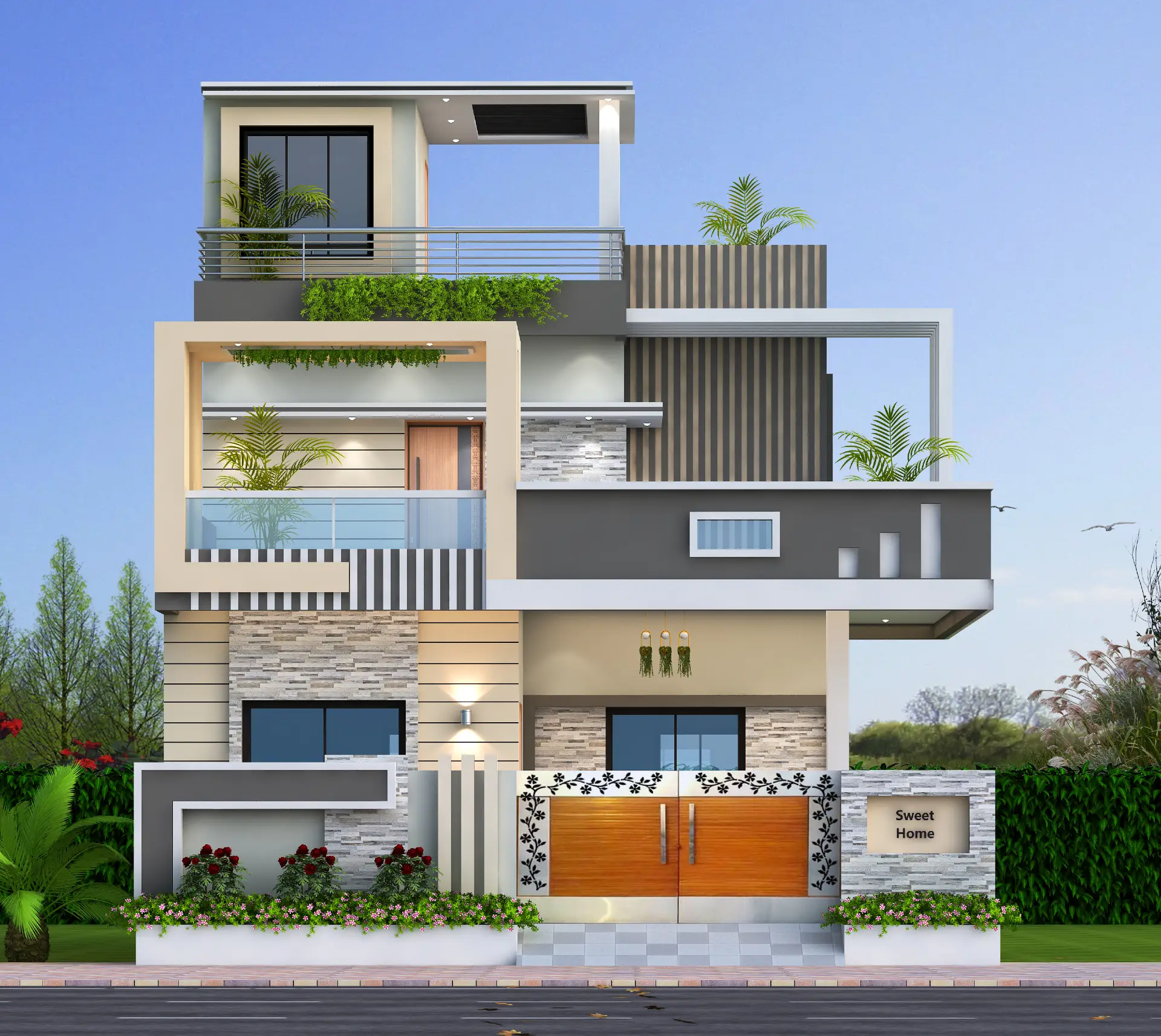
One thought on “Designing Smart Homes with Intelligent Architectural ideas.”